Is Lavender Edible? 7 Surprising Ways to Use This Pretty Purple Herb in Your Kitchen!
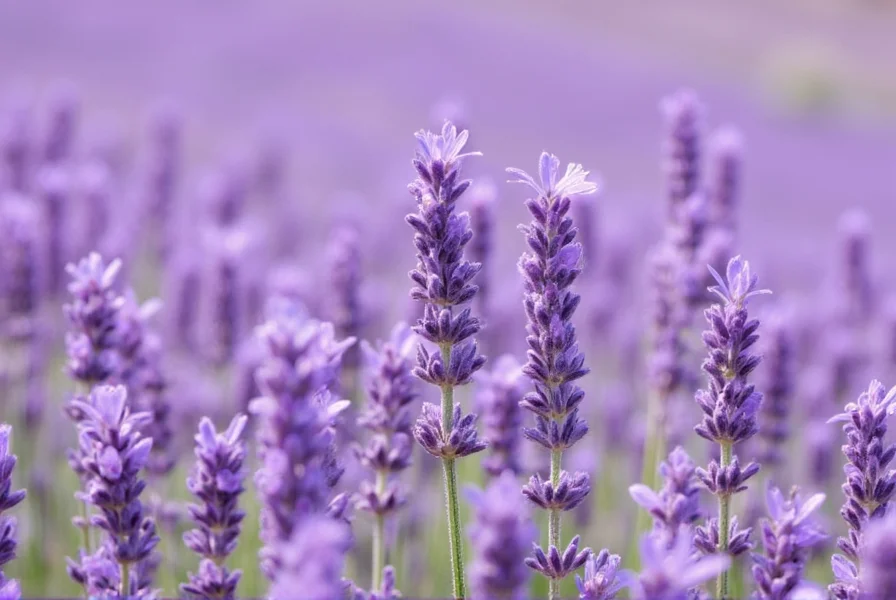
Table of Contents
- Introduction: More Than Just a Scent
- Is Lavender Edible? The Basics You Need to Know
- Safety First: Which Lavender Can You Eat?
- Edible Lavender Uses: Beyond the Tea Cup
- 5 Tips for Cooking with Lavender Like a Pro
- Try These Delicious Edible Lavender Recipes
- Buying Guide: How to Choose the Best Culinary Lavender
- Frequently Asked Questions About Edible Lavender
- Conclusion: Let’s Get Lavender-Licious in the Kitchen!
Introduction: More Than Just a Scent
Lavender often brings up images of relaxing spa days, scented candles, and calming essential oils. But did you know this fragrant herb can also be used in the kitchen? Yes, lavender is edible — but not all varieties are created equal. In this article, we’ll explore how to safely eat lavender, what it tastes like, and share some fun ways to cook with it at home.
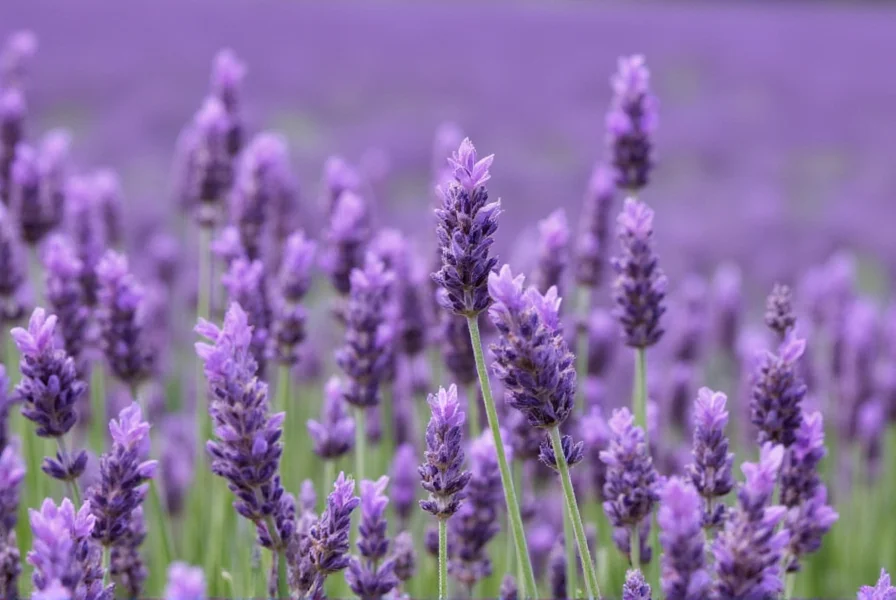
Is Lavender Edible? The Basics You Need to Know
The short answer is yes — lavender is edible, especially certain culinary varieties that are grown specifically for food use. While many people associate lavender with aromatherapy and cosmetics, its culinary applications are rich and diverse. When used correctly, lavender adds a floral, slightly citrusy note to both sweet and savory dishes.
What Does Edible Lavender Taste Like?
Lavender has a complex flavor profile — floral, herbal, and subtly sweet. Depending on the variety and preparation, it can taste like rosemary, lemon, or even mint. Used sparingly, it enhances without overpowering. Too much, and it might remind you more of soap than dessert!
Popular Culinary Lavender Varieties
| Variety | Flavor Notes | Best For |
|---|---|---|
| English Lavender (Lavandula angustifolia) | Mild, sweet, floral | Desserts, teas, syrups |
| French Lavender (Lavandula stoechas) | Stronger, camphor-like | Aromatics, marinades, potpourri |
| Spanish Lavender (Lavandula dentata) | Herbaceous, spicy | Cheeses, meats, grilling |
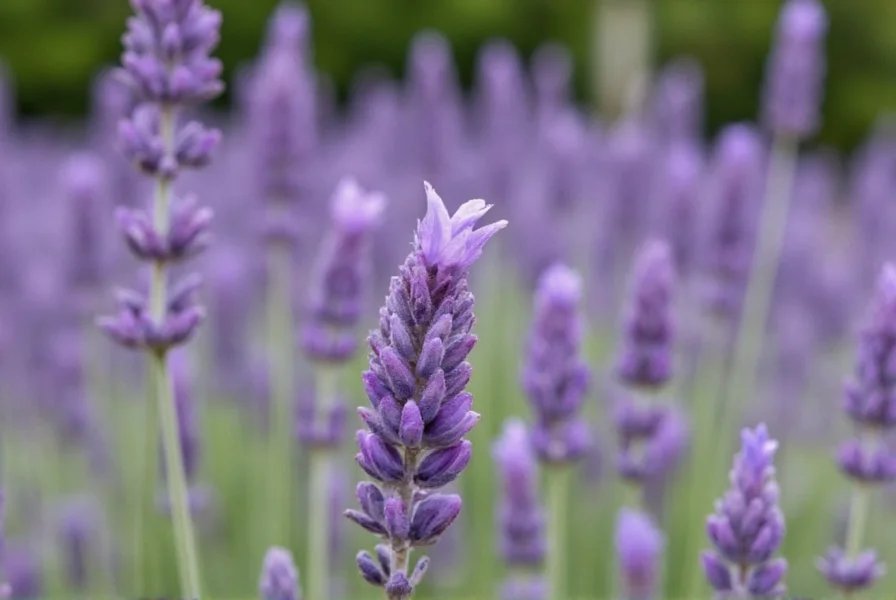
Safety First: Which Lavender Can You Eat?
Not all lavender is safe for consumption. Here's how to tell the difference:
- Pesticide-Free: Only consume lavender labeled as culinary or organic. Avoid plants from garden centers unless explicitly marked edible.
- Non-Toxic Varieties: Stick to English lavender or hybrid cultivars bred for cooking. Some ornamental types may contain chemicals or bitter compounds.
- Used in Moderation: A little goes a long way. Start small and adjust according to your taste preferences.
When to Avoid Eating Lavender
- If purchased from non-food sources (e.g., crafts, beauty products)
- If used medicinally without professional guidance
- If allergic to other members of the Lamiaceae family (like mint or sage)
Edible Lavender Uses: Beyond the Tea Cup
Once you’ve confirmed that your lavender is edible, the next step is getting creative! Here are some delicious ideas:
- Lavender-Infused Sugar: Mix dried buds into sugar for baked goods and cocktails.
- Syrups and Liqueurs: Make homemade lavender syrup for lemonade, tea, or gin-based drinks.
- Dessert Toppings: Add crushed buds to cupcakes, cookies, or ice cream for an aromatic twist.
- Marinades and Rubs: Combine with herbs like thyme and rosemary to season lamb or chicken.
- Baked Goods: Try lavender scones, shortbread, or muffins for a unique flavor boost.
- Jams and Jellies: Blend with berries or apricots for gourmet spreads.
- Infused Oils and Vinegars: Perfect for salad dressings or drizzling over roasted vegetables.
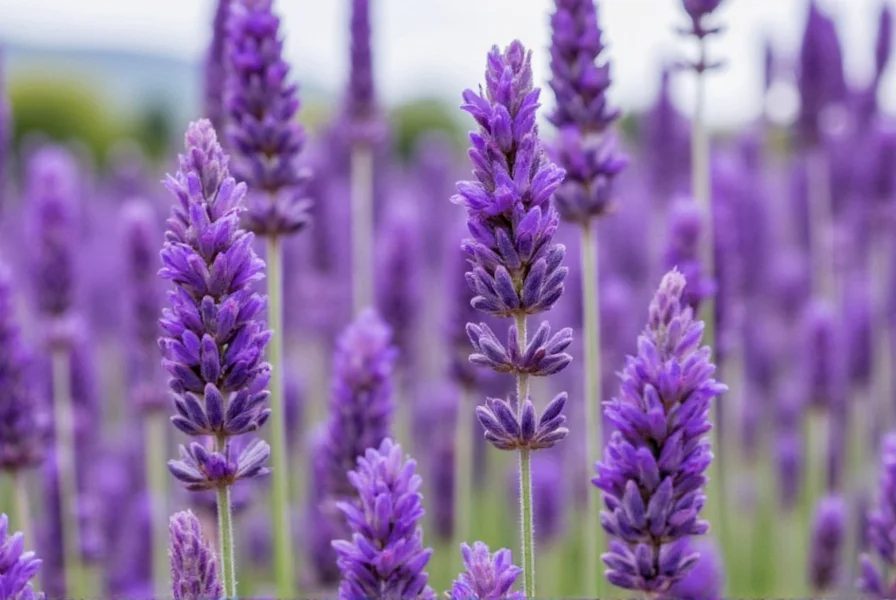
5 Tips for Cooking with Lavender Like a Pro
- Use It Sparingly: Overuse leads to a soapy aftertaste. Start with a pinch and work your way up.
- Go for Dried Buds: Fresh lavender can be too strong and wet. Dry them first or purchase culinary-grade dried buds.
- Pair It Wisely: Combines well with lemon, honey, vanilla, and berries. Avoid clashing flavors like garlic or strong cheeses.
- Grind It Up: Crush dried buds into a powder for even distribution in batters and doughs.
- Store Properly: Keep in an airtight container away from sunlight to preserve flavor and aroma.
Try These Delicious Edible Lavender Recipes
Ready to get cooking? Here are three easy, beginner-friendly recipes using edible lavender:
Lavender Honey Lemonade
- 1 cup fresh lemon juice
- 1/4 cup lavender-infused honey
- 4 cups water
- 1 tsp culinary lavender buds
Mix all ingredients and chill. Serve over ice with a sprig of lavender on top!
Lavender Shortbread Cookies
- 1 cup butter, softened
- 1/2 cup powdered sugar
- 2 tbsp finely ground lavender buds
- 1 1/2 cups flour
Cream butter and sugar, mix in lavender, then add flour. Roll into balls, flatten, and bake at 325°F (160°C) for 15 minutes.
Lavender Chicken Marinade
- 2 tbsp olive oil
- 1 tbsp dried lavender buds
- 1 tsp rosemary
- 1 tsp garlic powder
- Salt and pepper to taste
Combine all ingredients and brush over chicken before roasting or grilling.
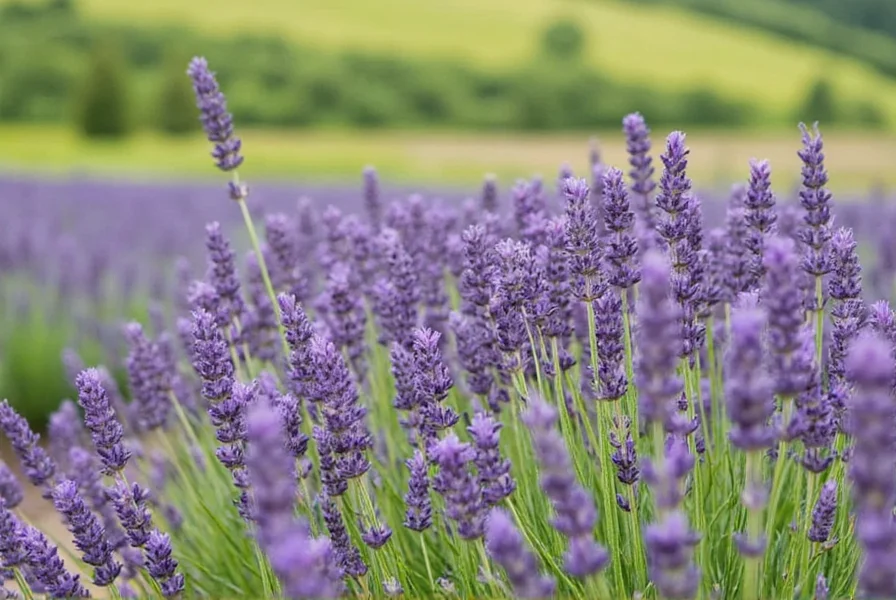
Buying Guide: How to Choose the Best Culinary Lavender
Looking to stock up on edible lavender? Here’s a guide to help you choose wisely:
| Product | Features | Advantages | Best For |
|---|---|---|---|
| Organic Culinary Lavender Buds | Dried, pesticide-free, English lavender | Perfect flavor, safe for food use | Homemade desserts, teas, syrups |
| Lavender Extract | Concentrated liquid flavoring | Easy to use, no need to grind buds | Baking, cocktails, sauces |
| Lavender Salt | Sea salt infused with lavender | Great for rubs and finishing touches | Seasoning grilled meats, veggies |
| Lavender Sugar | Granulated sugar mixed with dried buds | Pre-infused, ready to use | Drinks, baked goods, sprinkles |
| Lavender Oil (Food Grade) | Pure essential oil, diluted for cooking | Strong flavor, minimal usage | Flavoring custards, creams, syrups |
Where to Buy Culinary Lavender
- Online Retailers: Amazon, Etsy, specialty spice shops
- Gourmet Stores: Williams Sonoma, Whole Foods
- Farmers Markets: Look for organic growers selling culinary lavender
Price Range Comparison
| Form | Typical Price (per ounce) |
|---|---|
| Dried Buds | $4–$8 |
| Extract | $10–$15 |
| Salt & Sugar | $6–$12 |
| Oil | $15–$20 |
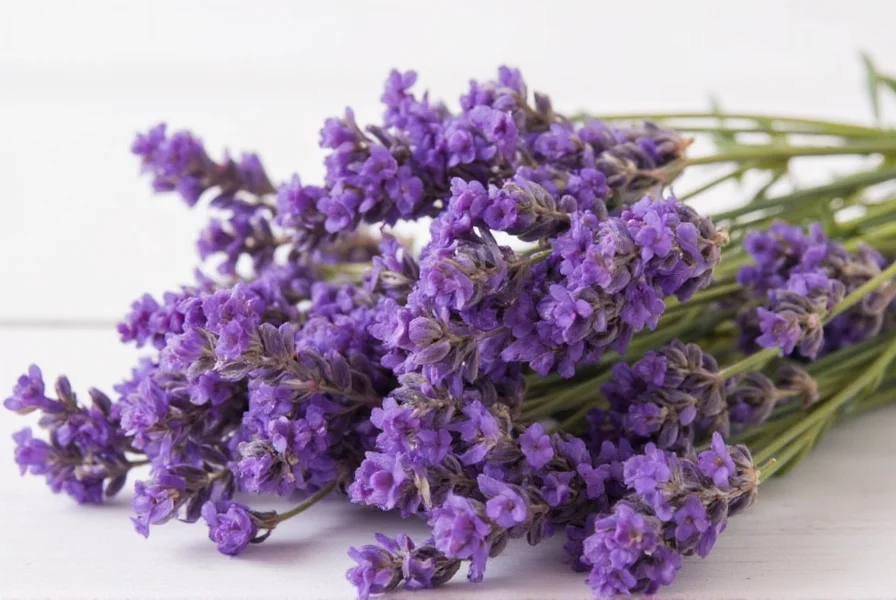
Frequently Asked Questions About Edible Lavender
Can I eat fresh lavender straight from the plant?
While technically edible, fresh lavender is often too strong and contains more moisture. For culinary use, it’s better to dry the buds first.
What happens if I eat too much lavender?
Eating large amounts may cause stomach upset, nausea, or headaches. Always use lavender in moderation.
Is lavender safe for pets?
In small amounts, lavender is generally safe around pets. However, concentrated oils or large quantities should be avoided, as they can be toxic to animals.
Can I grow my own culinary lavender?
Absolutely! Choose a culinary variety like English lavender and avoid chemical pesticides to keep it safe for eating.
Conclusion: Let’s Get Lavender-Licious in the Kitchen!
So is lavender edible? Absolutely — and it opens up a world of flavor possibilities. Whether you're making lavender honey lemonade or seasoning a juicy roast, this purple herb deserves a place in your spice rack. Just remember to stick with culinary-grade lavender, use it in moderation, and have fun experimenting with this versatile ingredient.
Now that you’re armed with tips, recipes, and a buying guide, why not start by adding a pinch of lavender to your next batch of cookies or a summer cocktail? Who knows — it might become your new secret flavor weapon!
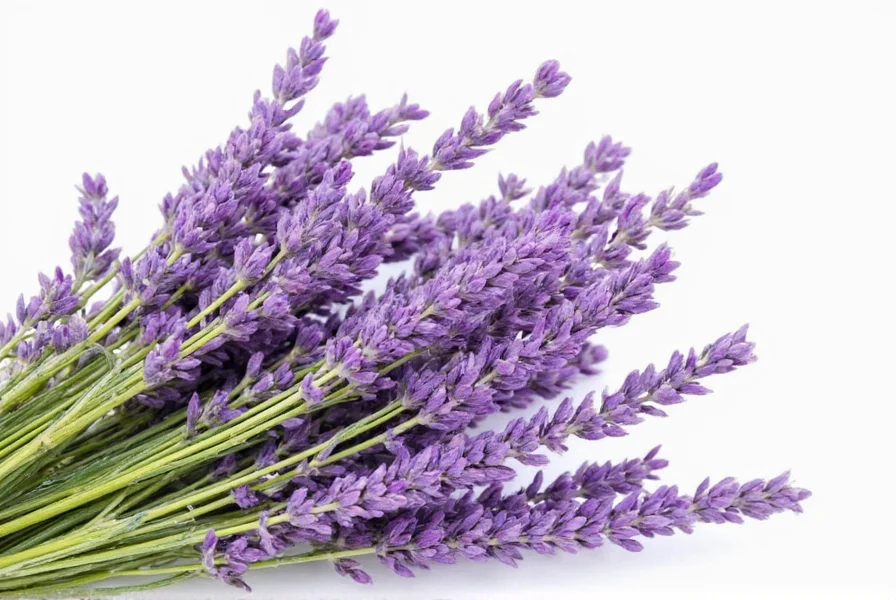

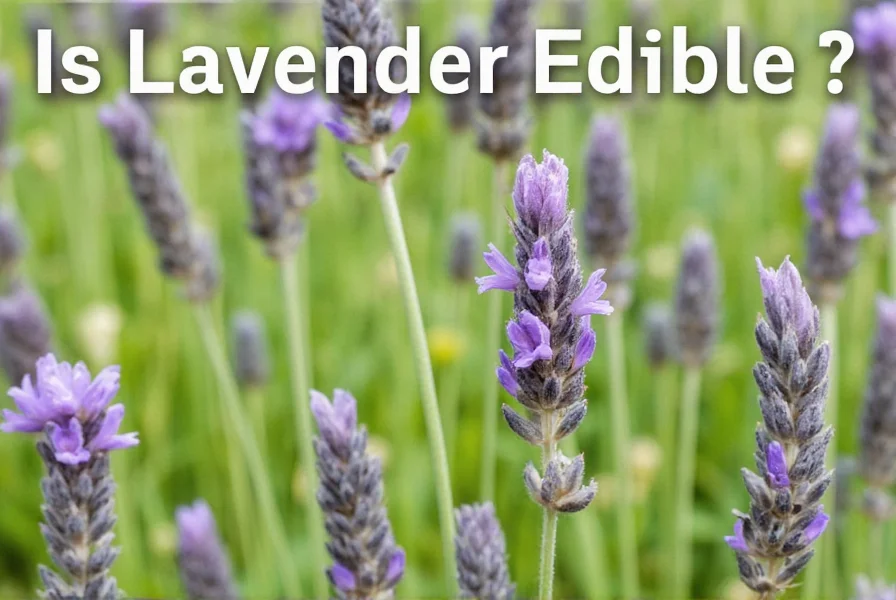









 浙公网安备
33010002000092号
浙公网安备
33010002000092号 浙B2-20120091-4
浙B2-20120091-4